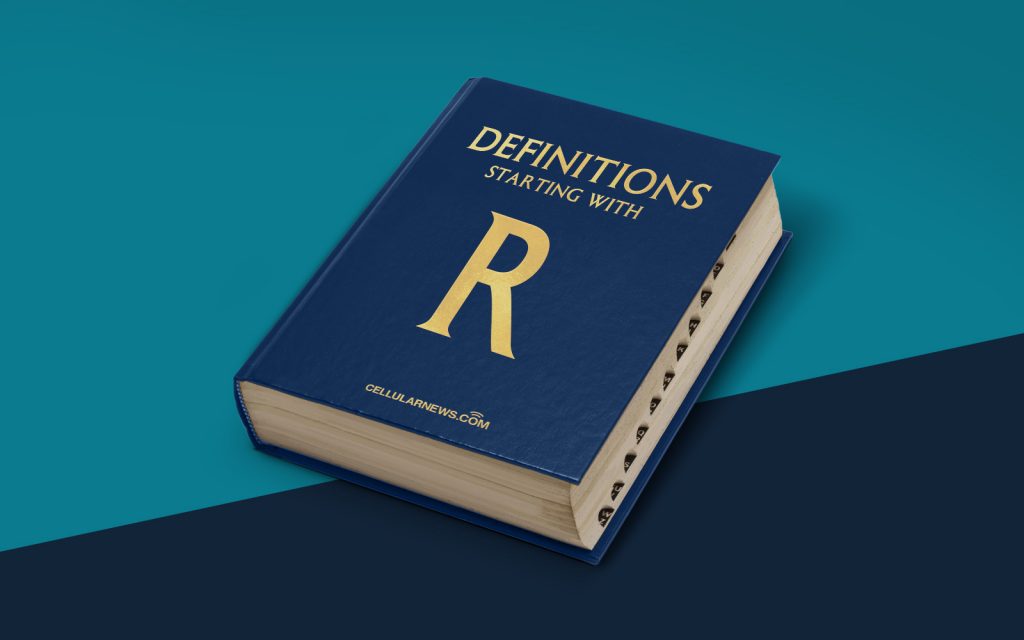
What Is the RGB Color Model (RGB)?
Welcome to another installment of our “DEFINITIONS” series, where we demystify various terms and concepts related to digital design. Today, we’re going to delve into the RGB color model, also known as RGB. Whether you’re a graphic designer, web developer, or simply curious about the world of colors, understanding the RGB color model is essential. In this blog post, we’ll break down what the RGB color model is, how it works, and why it’s crucial in the digital realm.
Key Takeaways:
- RGB stands for Red, Green, and Blue, and it is a color model used primarily in digital devices and displays.
- The RGB color model works by combining different intensities of red, green, and blue light to create various colors.
Before we dive into the details, let’s quickly answer the question: What is the RGB color model? In the world of digital design, RGB refers to the system used to represent and display colors on electronic devices such as computer screens, televisions, and smartphones. It is an additive color model primarily used for displaying images and videos on-screen.
The RGB color model operates on the principle that by combining various intensities of red, green, and blue light, any color visible to the human eye can be created. Each primary color, red, green, and blue, is represented by a numerical value ranging from 0 to 255, where 0 indicates the absence of that color, and 255 represents the highest intensity.
Here’s how the RGB color model works:
- Step 1: The digital device emits different intensities of red, green, and blue light, resulting in various color combinations.
- Step 2: Each pixel on the screen is composed of three subpixels – one for red, one for green, and one for blue.
- Step 3: The specific intensities of red, green, and blue emitted by each subpixel combine to create a particular color for that pixel.
- Step 4: The neighboring pixels, each composed of their own red, green, and blue subpixels, collectively form the complete image displayed on the screen.
Today, the RGB color model is widely used in industries such as web design, graphic design, photography, and video production. It allows designers and content creators to accurately represent colors in their digital creations and ensures consistent color reproduction across different devices and platforms.
So, the next time you admire a vivid image on your computer screen or enjoy a colorful video on your smartphone, remember that it’s the power of the RGB color model that brings those hues to life.
Key Takeaways:
- The RGB color model is an additive color model used primarily in digital devices.
- By combining different intensities of red, green, and blue light, the RGB model allows for the creation of a wide range of colors.
We hope this blog post has shed some light on the RGB color model and its significance in the digital realm. Understanding the basics of RGB will not only enhance your knowledge of digital design but also enable you to make informed decisions when working with colors in your own projects. Remember, with the RGB color model, the possibilities for creativity and visual appeal are limitless!
